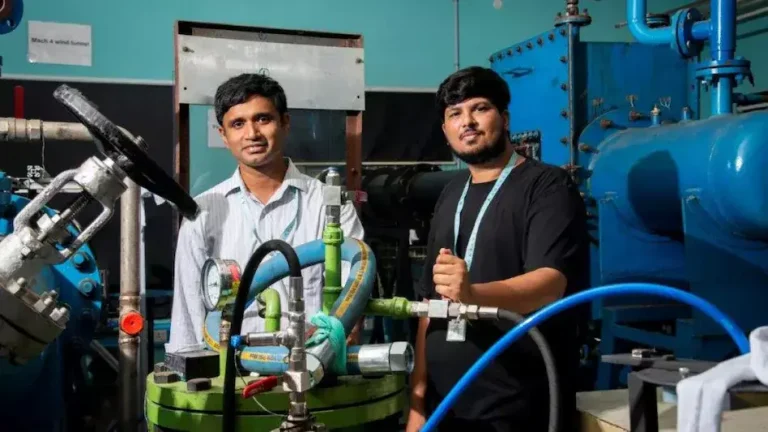
Why are scientists triggering earthquakes deep beneath the Alps?
The Alps, a majestic mountain range stretching across eight European countries, is a region of immense geological complexity. The Alps have been shaped by millions of years of tectonic activity, resulting in a complex network of faults and fractures that crisscross the landscape. While the Alps are not typically associated with high seismic activity, the region is not immune to earthquakes. In recent years, scientists have been conducting a unique experiment in the Alps, triggering artificial, zero-magnitude earthquakes to study the initial stages of seismic activity. But why are scientists intentionally causing earthquakes, and what do they hope to achieve from this controlled approach?
To understand the motivations behind this experiment, it’s essential to delve into the world of seismology and the challenges associated with predicting earthquakes. Earthquakes are complex phenomena, involving the sudden release of energy as tectonic plates move and interact. While significant progress has been made in understanding the underlying mechanisms of earthquakes, predicting when and where they will occur remains a significant challenge. The ability to forecast earthquakes would be a game-changer, enabling authorities to evacuate people, secure infrastructure, and mitigate the devastating consequences of these natural disasters.
One of the primary obstacles in predicting earthquakes is the lack of understanding of the initial stages of seismic activity. Earthquakes often occur without warning, and the processes leading up to them are still not well understood. Scientists have long relied on observations of natural earthquakes, which can be unpredictable and difficult to study. By triggering artificial earthquakes, researchers can create a controlled environment, allowing them to monitor and analyze the seismic activity in real-time.
The experiment in the Alps involves injecting high-pressure fluids into the ground, which alters the stress on the surrounding rocks and triggers small, artificial earthquakes. These earthquakes are incredibly small, with magnitudes of zero or less, which means they are not felt at the surface and do not cause any damage. The beauty of this approach lies in its ability to simulate the initial stages of seismic activity, providing scientists with a unique opportunity to study the underlying mechanisms of earthquakes.
By triggering these artificial earthquakes, scientists aim to uncover the trigger mechanisms of natural earthquakes. They hope to gain insights into the complex interplay of factors that contribute to the onset of seismic activity, including the role of tectonic stress, fluid pressure, and rock properties. This knowledge will be crucial in improving prediction models, which currently rely on statistical patterns and historical data. By understanding the underlying physics of earthquakes, researchers can develop more accurate and reliable forecasting tools, enabling authorities to take proactive measures to mitigate seismic hazards.
Another significant benefit of this experiment is the potential to enhance early warning systems. Early warning systems are designed to detect the early signs of an earthquake and provide people with crucial seconds or minutes to seek safety. However, these systems are often limited by their reliance on seismic data, which can be delayed or incomplete. By studying the initial stages of seismic activity, scientists may be able to identify new indicators of impending earthquakes, allowing for more effective early warning systems to be developed.
The experiment in the Alps also provides a unique opportunity to study fault behavior. Faults are complex systems, involving the interaction of rocks, fluids, and tectonic forces. By triggering artificial earthquakes, scientists can observe how faults respond to changes in stress and fluid pressure, shedding light on the underlying mechanisms that control fault behavior. This knowledge will be essential in understanding the long-term evolution of faults and the likelihood of future earthquakes.
In conclusion, the experiment in the Alps, where scientists are triggering artificial, zero-magnitude earthquakes, is a groundbreaking approach to studying the initial stages of seismic activity. By creating a controlled environment, researchers can gain insights into the trigger mechanisms of natural earthquakes, improve prediction models, and enhance early warning systems. This knowledge will ultimately reduce seismic hazards, saving lives and property, and provide a deeper understanding of the complex geological processes that shape our planet.
As scientists continue to refine their understanding of earthquakes, it’s essential to recognize the importance of continued research and investment in this field. The potential rewards are significant, and the consequences of inaction could be devastating. By supporting innovative experiments like the one in the Alps, we can work towards a future where earthquakes are no longer a source of fear and uncertainty, but rather a manageable and predictable aspect of our natural environment.
News Source: https://www.breezyscroll.com/science/zero-magnitude-earthquake-experiments-alps/






